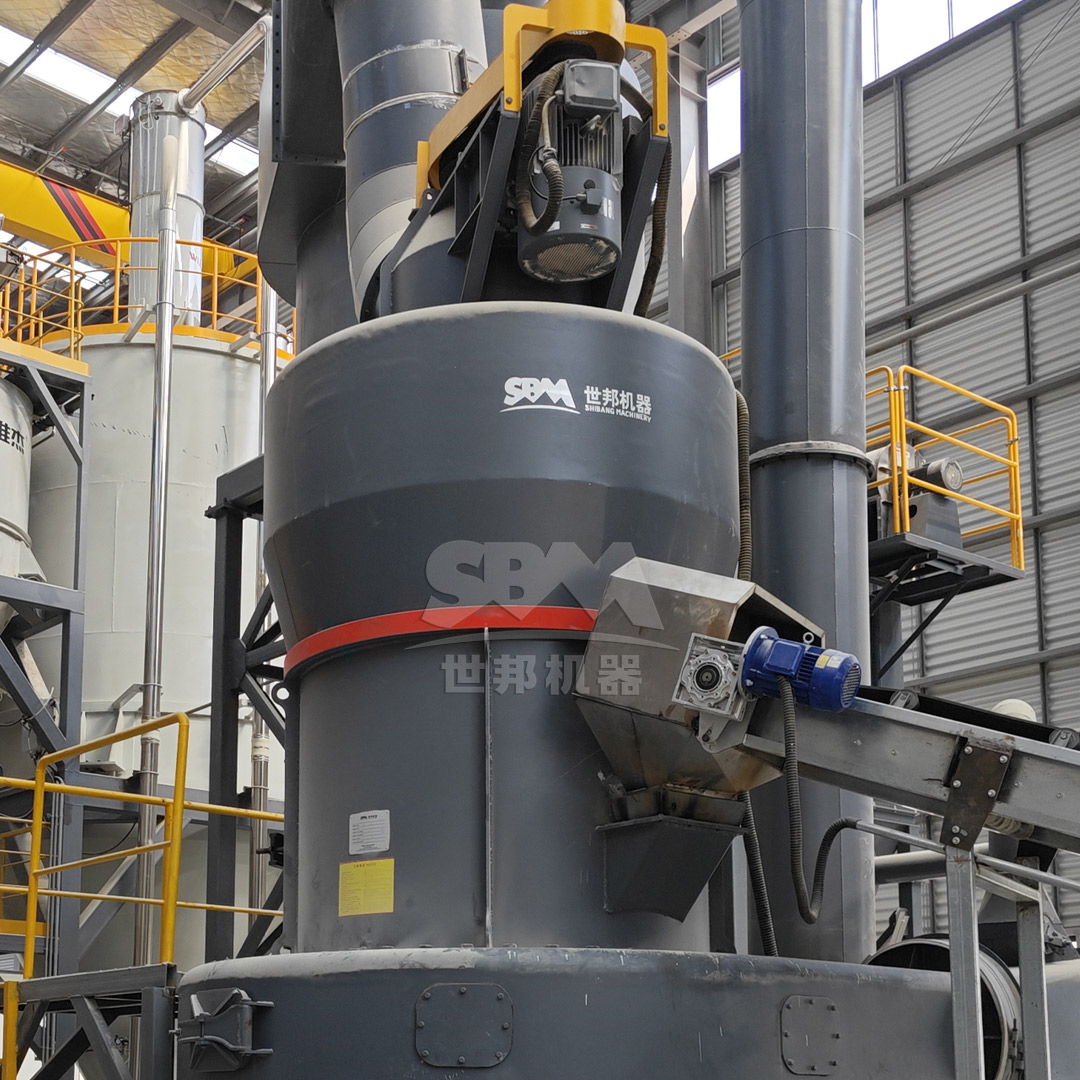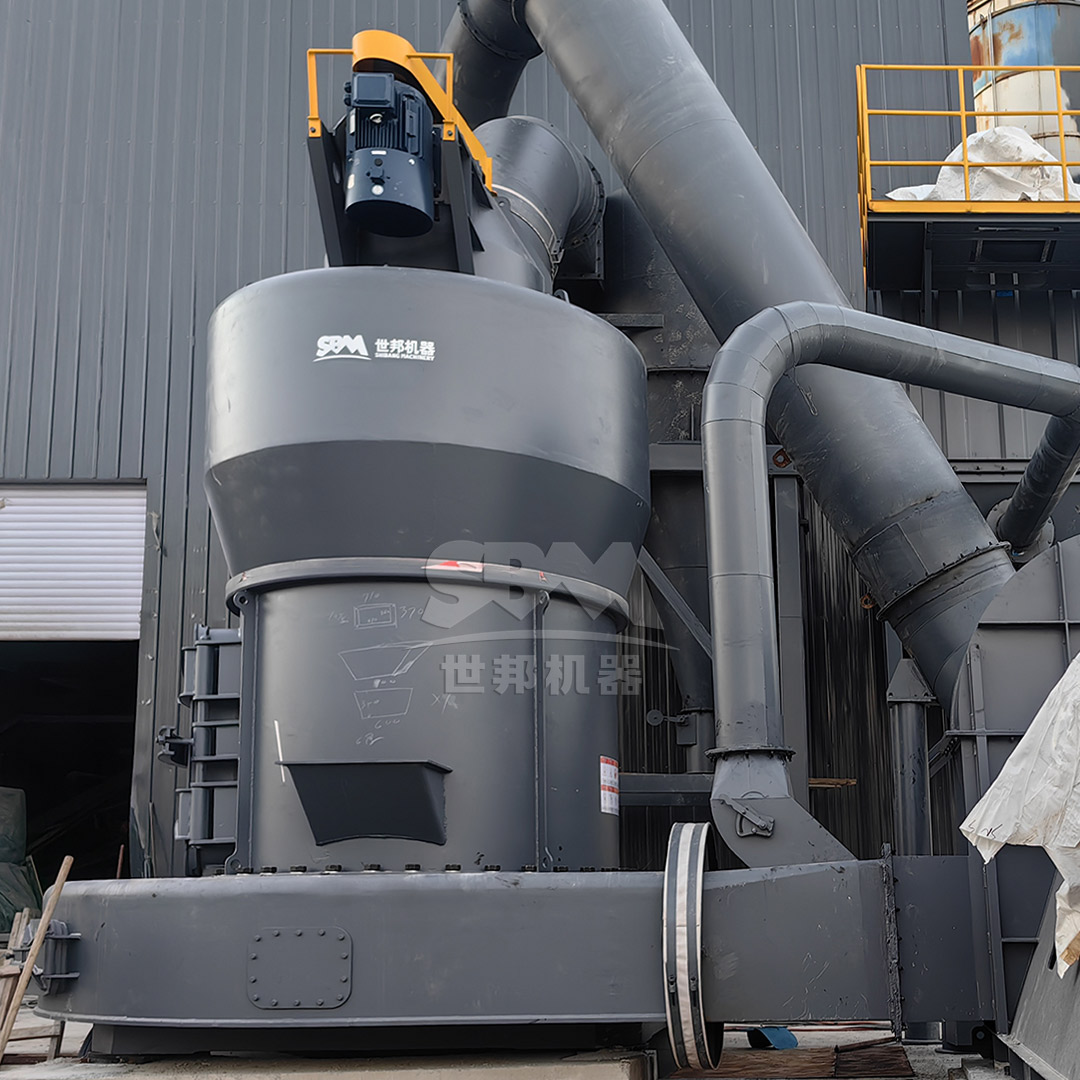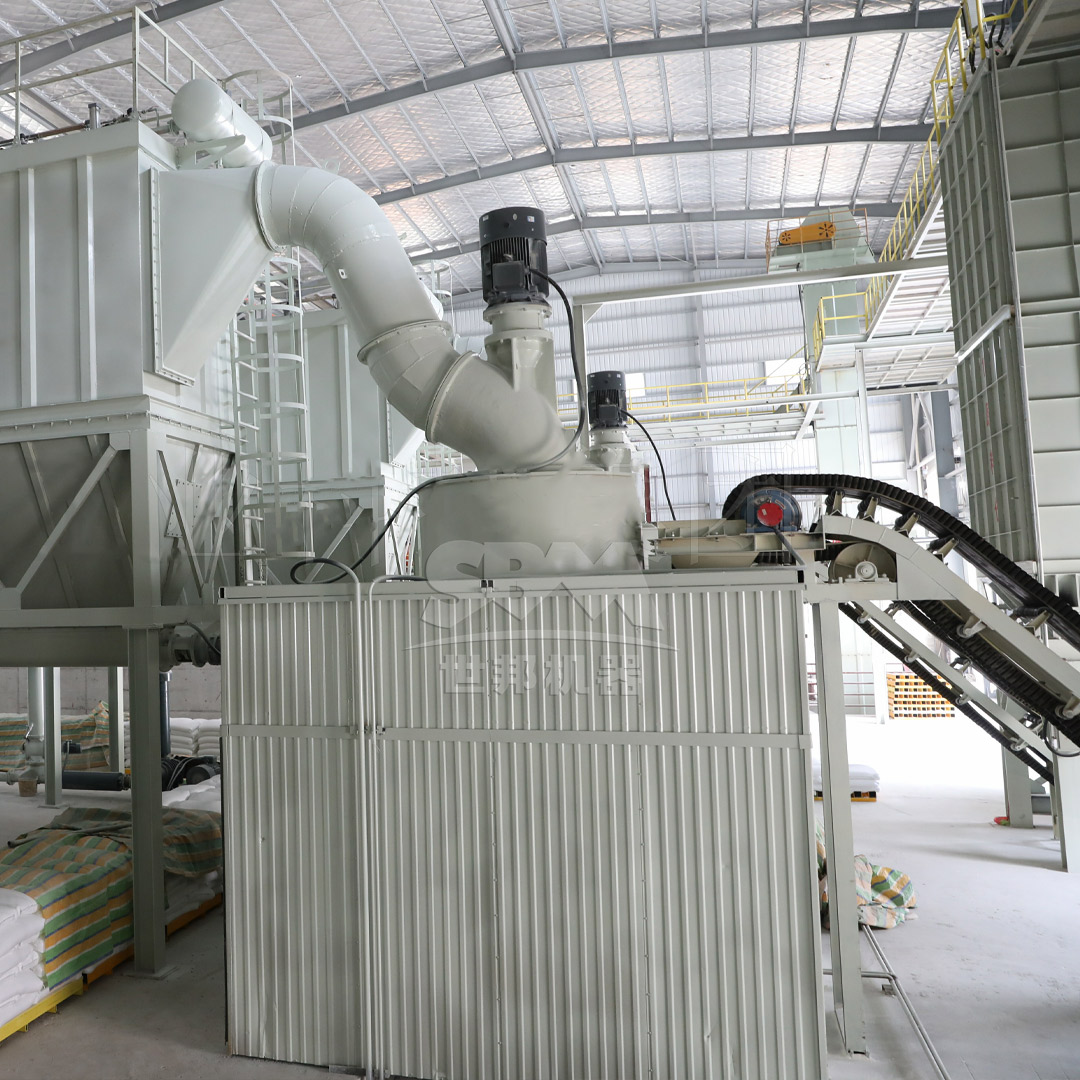The production of high-quality refractory bricks demands precise control over raw material preparation, particularly the grinding of dolomite. Dolomite, a calcium magnesium carbonate mineral, serves as a crucial component in refractory applications due to its high melting point and thermal stability. The selection of an appropriate roller mill is paramount to achieving the desired particle size distribution, purity, and efficiency required for superior brick performance. This comprehensive guide explores the critical factors in choosing a dolomite roller mill, focusing on technical specifications, operational efficiency, and long-term reliability tailored specifically for refractory brick manufacturing.

Dolomite-based refractory bricks are valued for their resistance to basic slags and high temperatures, making them ideal for steelmaking furnaces, cement kilns, and other high-temperature industrial processes. The quality of the final brick is directly influenced by the fineness and consistency of the ground dolomite. Optimal particle size ensures proper sintering, density, and mechanical strength. Therefore, the grinding equipment must deliver a uniform product with minimal contamination and maximum efficiency.
For refractory brick production, the target fineness for dolomite powder typically falls within the range of 200 to 325 mesh (74 to 44 microns), although some advanced formulations may require even finer powders up to 2500 mesh (5 microns). A mill must offer precise control over the top cut (D97) to prevent the presence of oversized particles that can create weak spots in the brick structure. The particle size distribution should be narrow and consistent.
The mill’s capacity must align with the plant’s overall production goals. For large-scale refractory brick manufacturing, throughputs ranging from 5 to 25 tons per hour are common. It is essential to select a mill that can handle the required volume without becoming a bottleneck, while also allowing for some operational flexibility.
| Production Scale | Recommended Throughput (t/h) | Typical Mill Size |
|---|---|---|
| Pilot / Small Batch | 0.5 – 4 | Small to Medium |
| Medium-Scale Plant | 4 – 15 | Medium |
| Large-Scale Continuous Production | 15 – 25+ | Large |
Grinding is an energy-intensive process. Selecting an energy-efficient mill can significantly reduce operational expenses. Key metrics to consider include kWh per ton of ground material. Modern roller mills with advanced grinding mechanisms and intelligent control systems can offer energy savings of 30% or more compared to traditional ball mills or Raymond mills.
Dolomite, while not the hardest abrasive material, can still cause significant wear to grinding components like rollers and grinding rings. Mills constructed with special wear-resistant alloys (e.g., high-chromium iron) offer extended service life, reducing downtime and maintenance costs. The design should also facilitate easy access for inspection and part replacement.
A modern mill is part of an integrated system that includes feeding, classifying, and dust collection. A well-designed system ensures minimal dust emission, complying with environmental standards (e.g., dust emission < 20 mg/m³). Low noise operation (≤ 80 dB) is also a critical factor for worker safety and environmental permitting.

Vertical Roller Mills are highly efficient for grinding abrasive materials like dolomite. They operate on the principle of bed comminution, where material is ground between a rotating table and rollers under hydraulic pressure. VRMs offer excellent energy efficiency, low noise, and integrated drying capabilities if a hot gas source is available.
For applications requiring very fine dolomite powder (e.g., 800-2500 mesh), ultrafine grinding mills are the ideal choice. These mills often incorporate advanced classification systems to achieve precise particle size cuts. A prime example is our SCM Ultrafine Mill, which is engineered to excel in such demanding applications.
Trapezium Mills, such as the MTW Series Trapezium Mill, offer a robust and reliable solution for medium to fine grinding of dolomite. They feature a curved surface design that improves grinding efficiency and reduces wear on the grinding roller and ring.
For refractory brick producers aiming for the highest quality and finest dolomite powders, we highly recommend our SCM Series Ultrafine Mill. This mill is specifically designed to achieve fineness levels between 325 and 2500 mesh (D97 ≤ 5μm), which is often necessary for advanced refractory formulations that enhance brick density and thermal shock resistance.
The working principle involves a main motor driving multiple layers of grinding rings. Material is dispersed into the grinding path by centrifugal force, undergoes rolling and crushing, and is finally collected by a cyclone and pulse dust removal system. With models like the SCM1250 (2.5-14 t/h, 185kW) and SCM1680 (5.0-25 t/h, 315kW), the SCM series can be perfectly matched to your production scale.
For large-scale refractory brick plants where high throughput of consistently fine dolomite is the primary goal, the MTW Series Trapezium Mill is an excellent choice. It is built for heavy-duty operation and delivers high capacity grinding up to 45 tons per hour.
The mill works by the main motor driving the grinding roller to revolve around the central axis while rotating itself. Shovels send material between the roller and grinding ring for efficient crushing. Models like the MTW215G, with a capacity of 15-45 t/h and a 280kW main motor, are ideally suited for large, continuous production lines.

Selecting the right dolomite roller mill is a strategic decision that directly impacts the quality, cost, and efficiency of refractory brick production. By carefully evaluating factors such as required fineness, production capacity, energy consumption, and maintenance needs, manufacturers can make an informed choice. For operations demanding ultra-fine powders, the SCM Ultrafine Mill provides unparalleled precision and efficiency. For high-tonnage requirements with consistent quality, the MTW Series Trapezium Mill offers robust performance and reliability. Investing in the correct grinding technology ensures a superior final product and a strong competitive advantage in the refractory materials market.